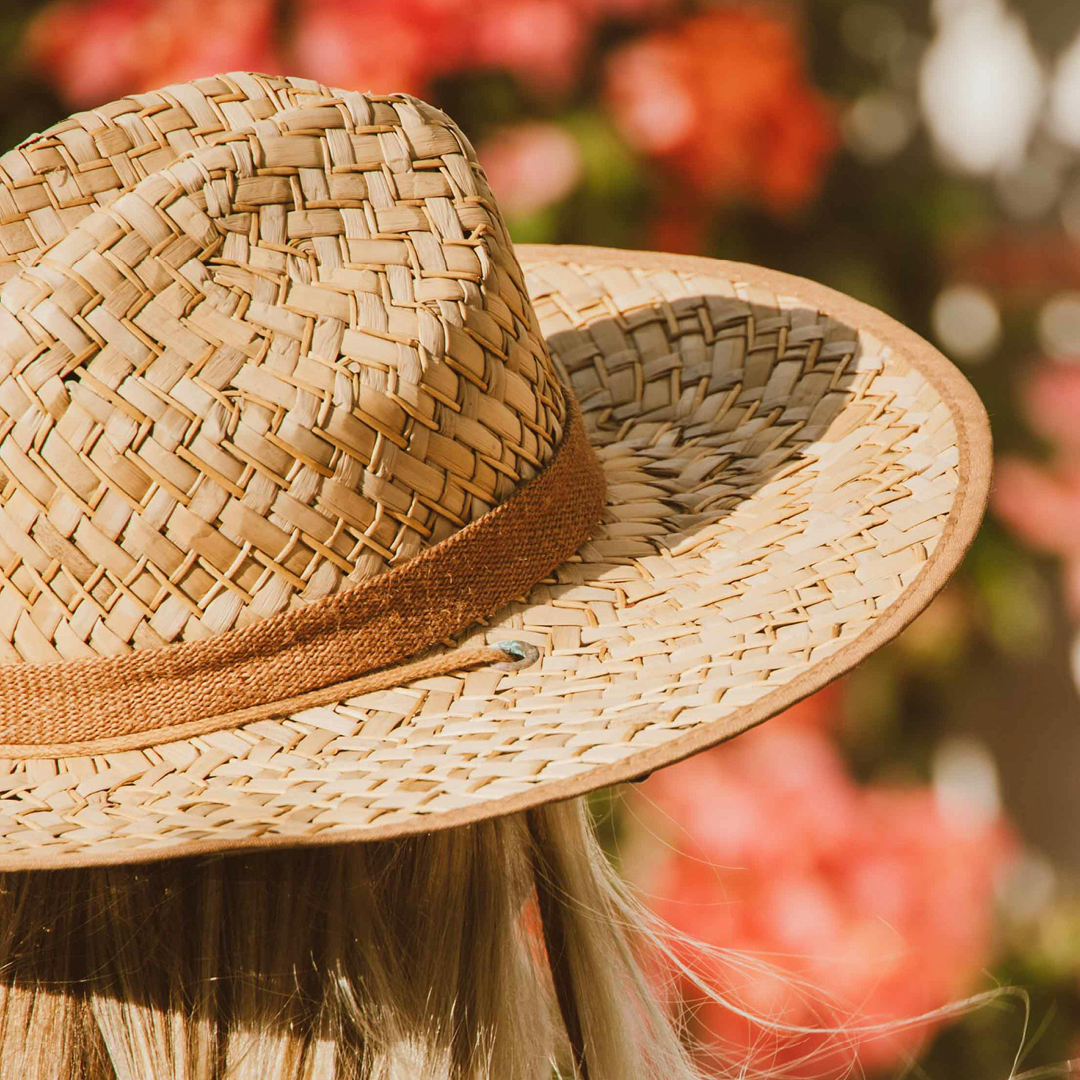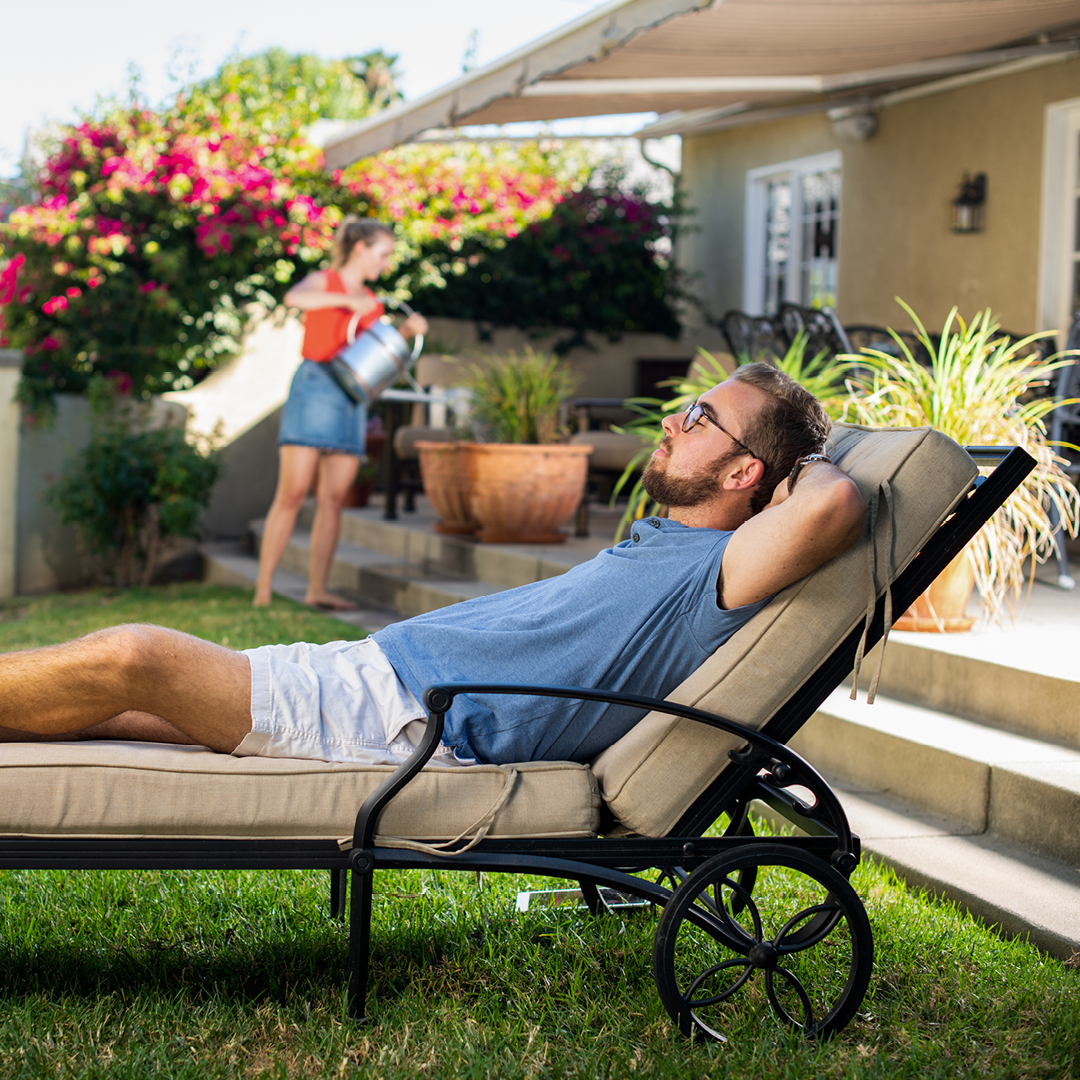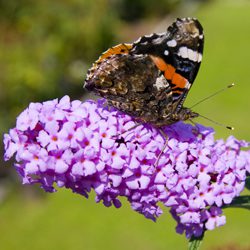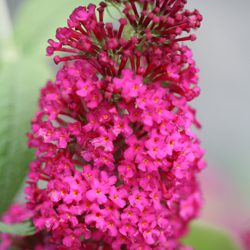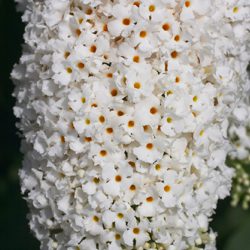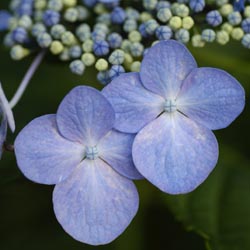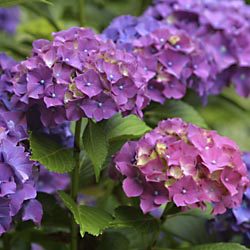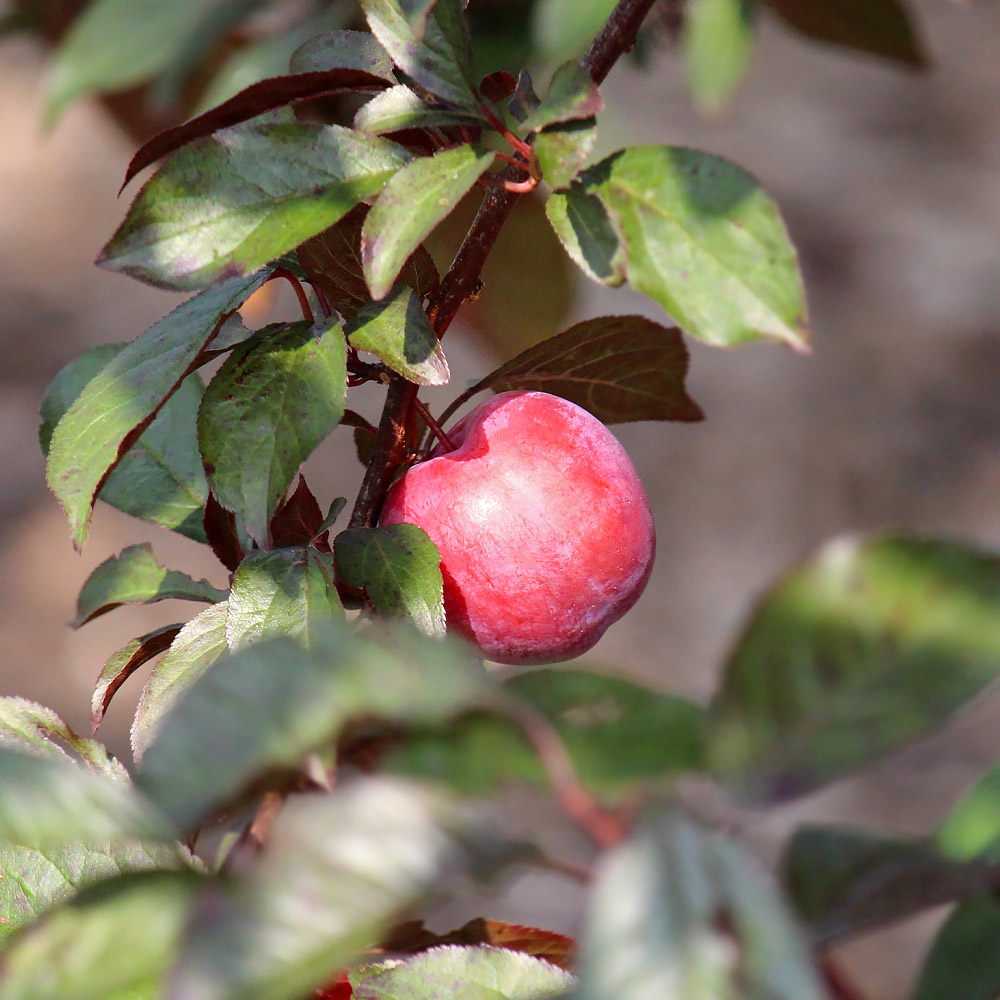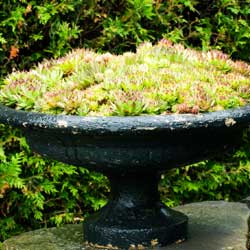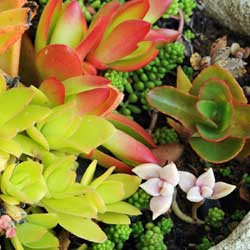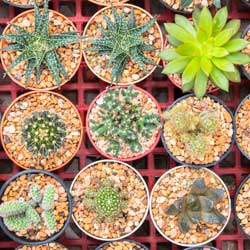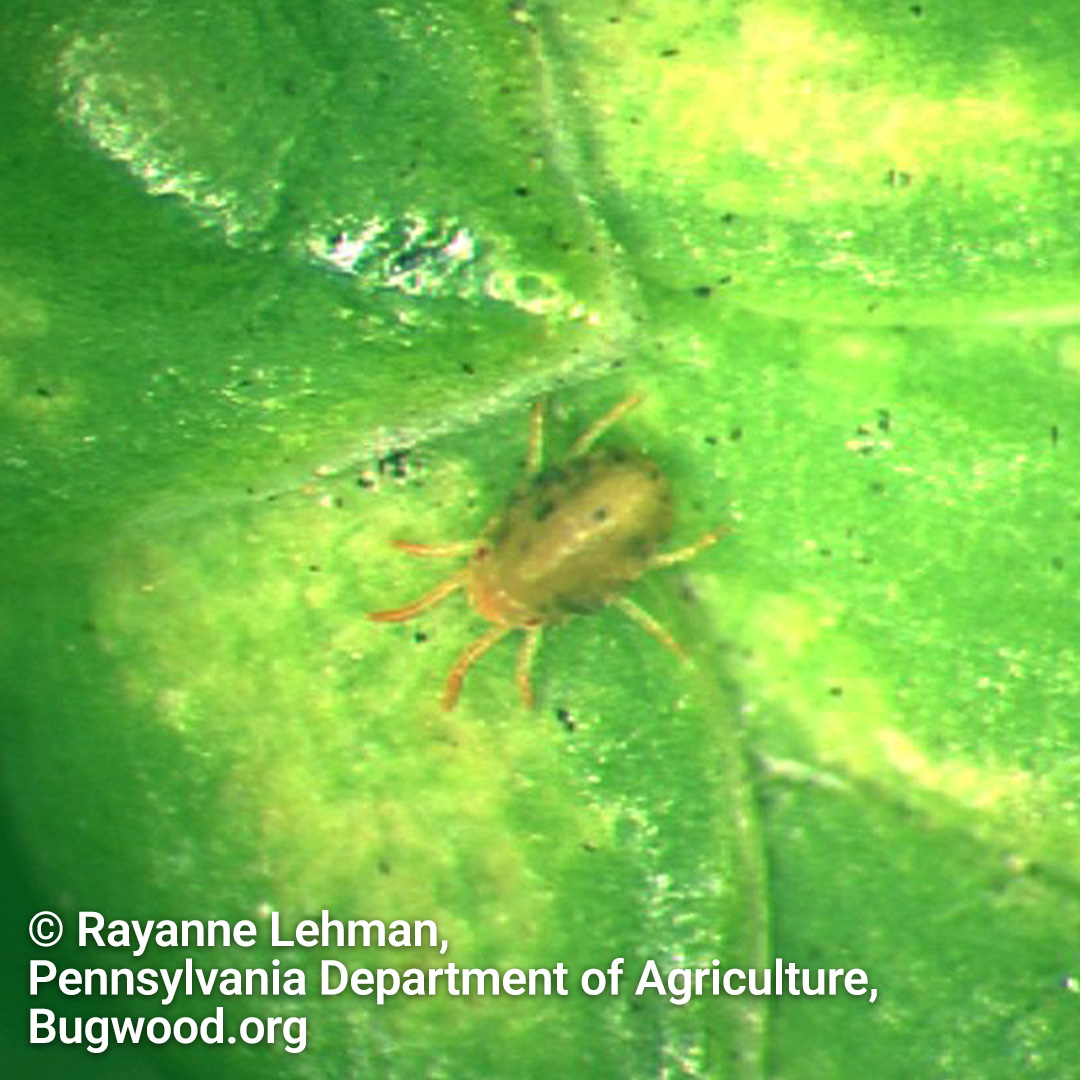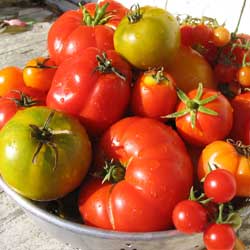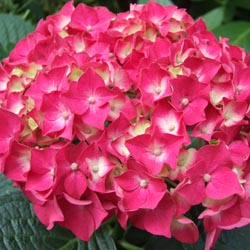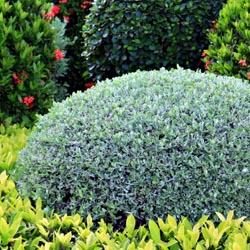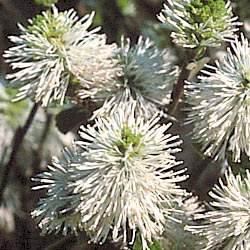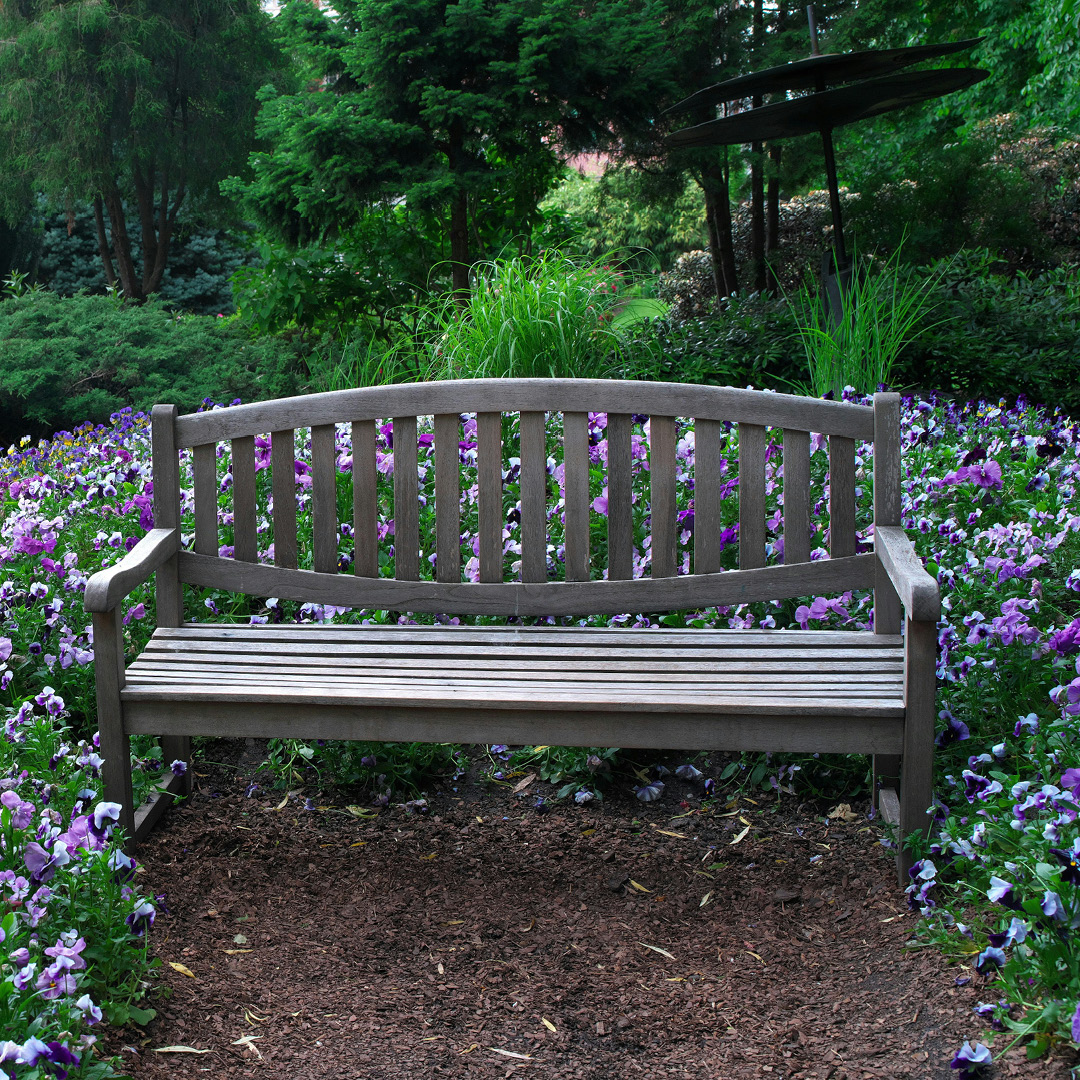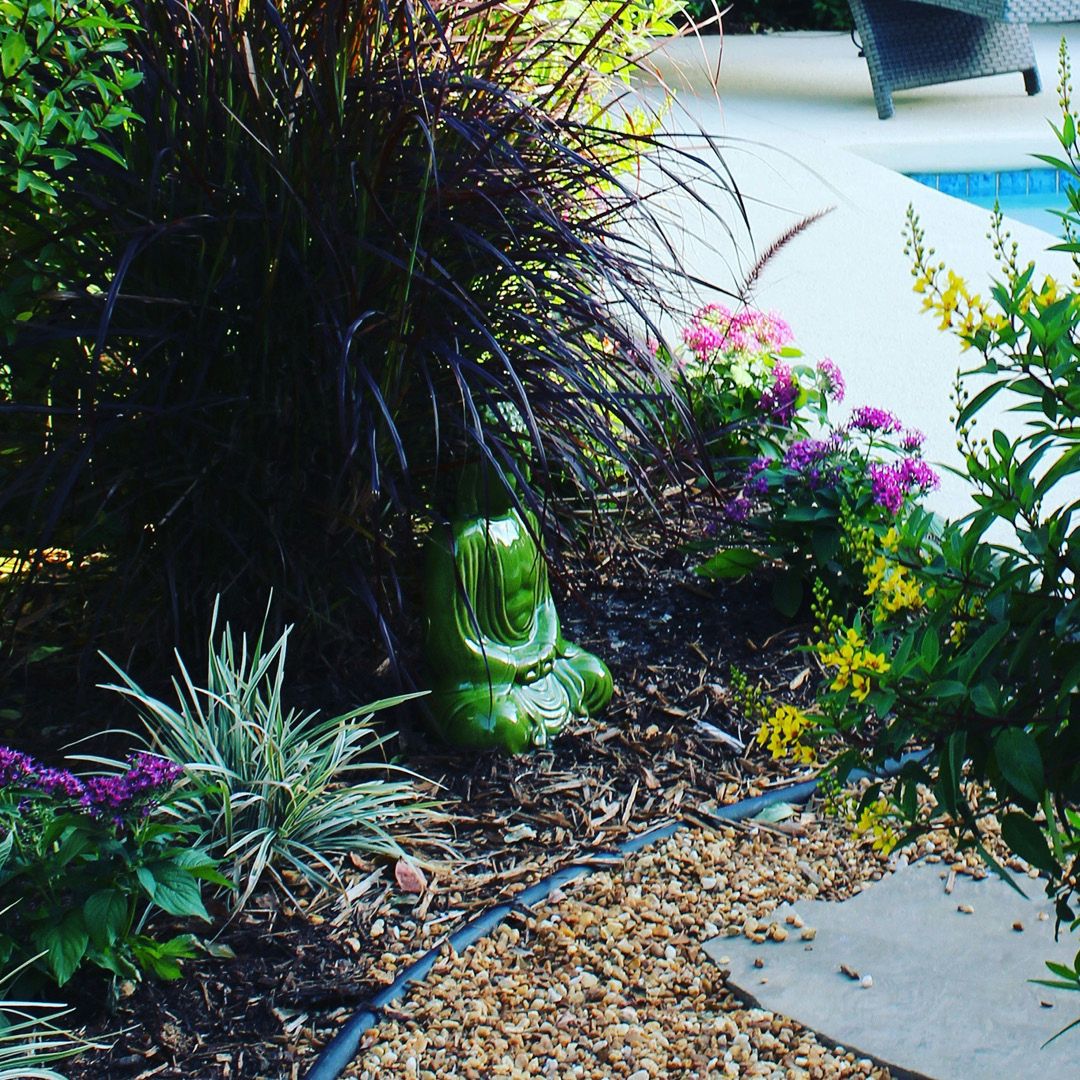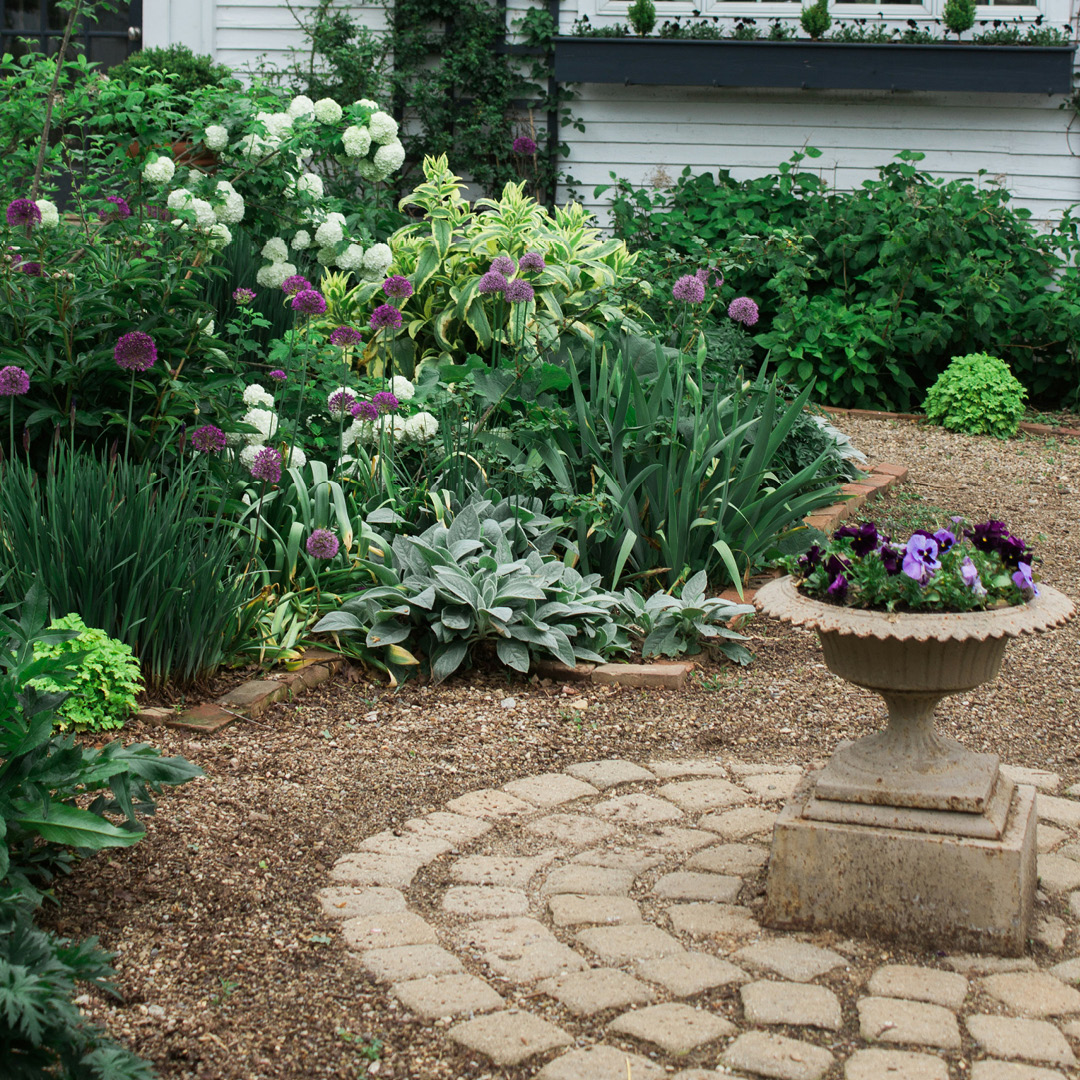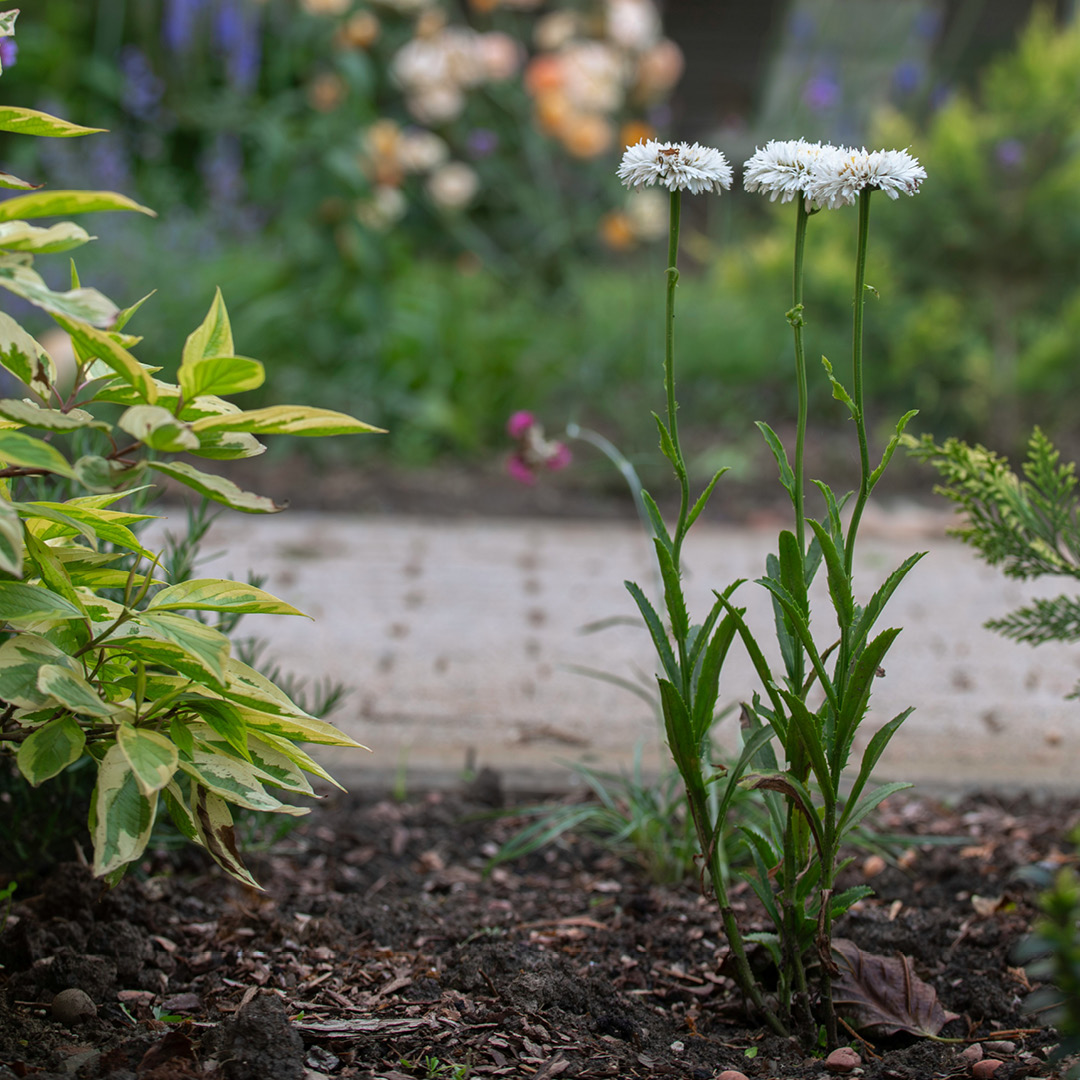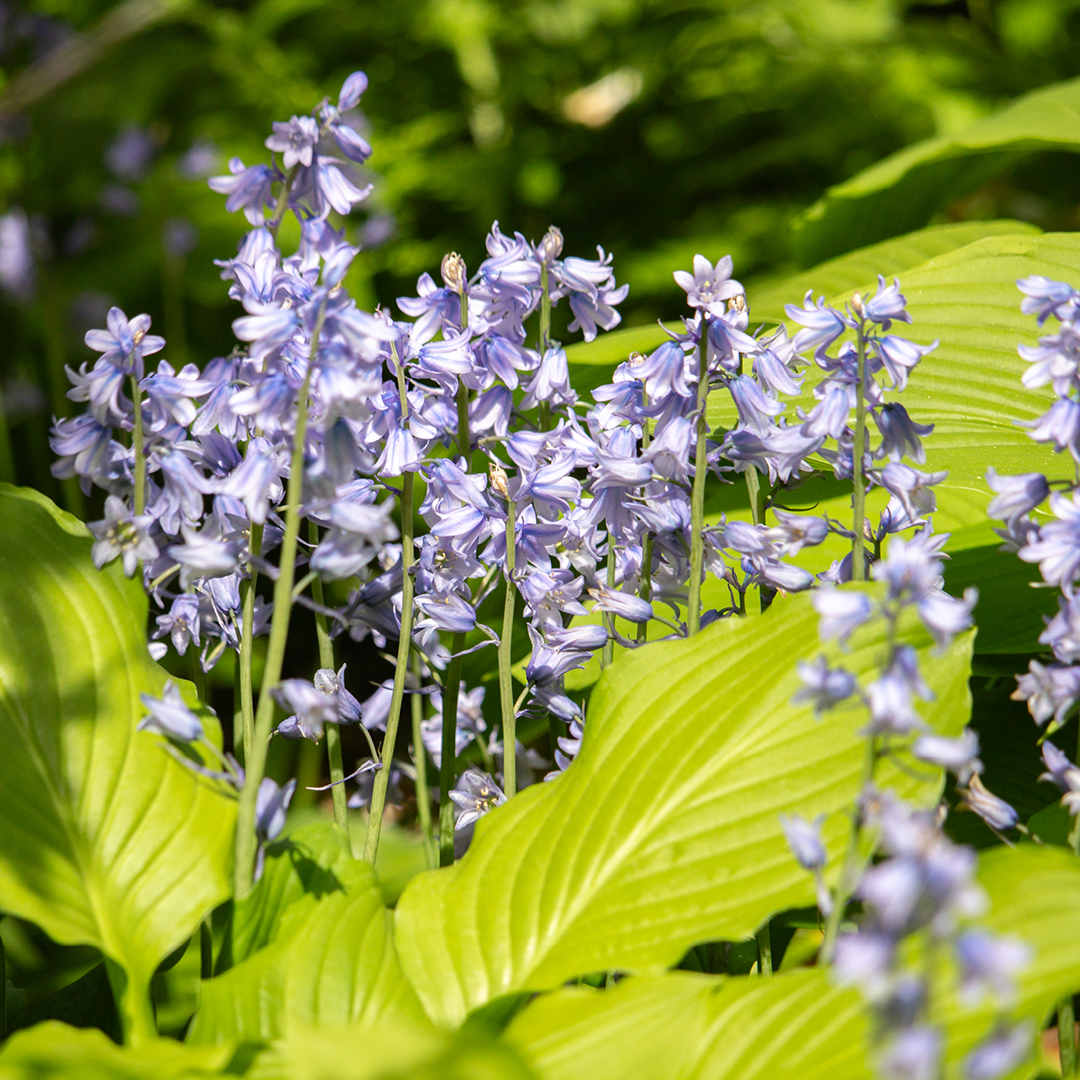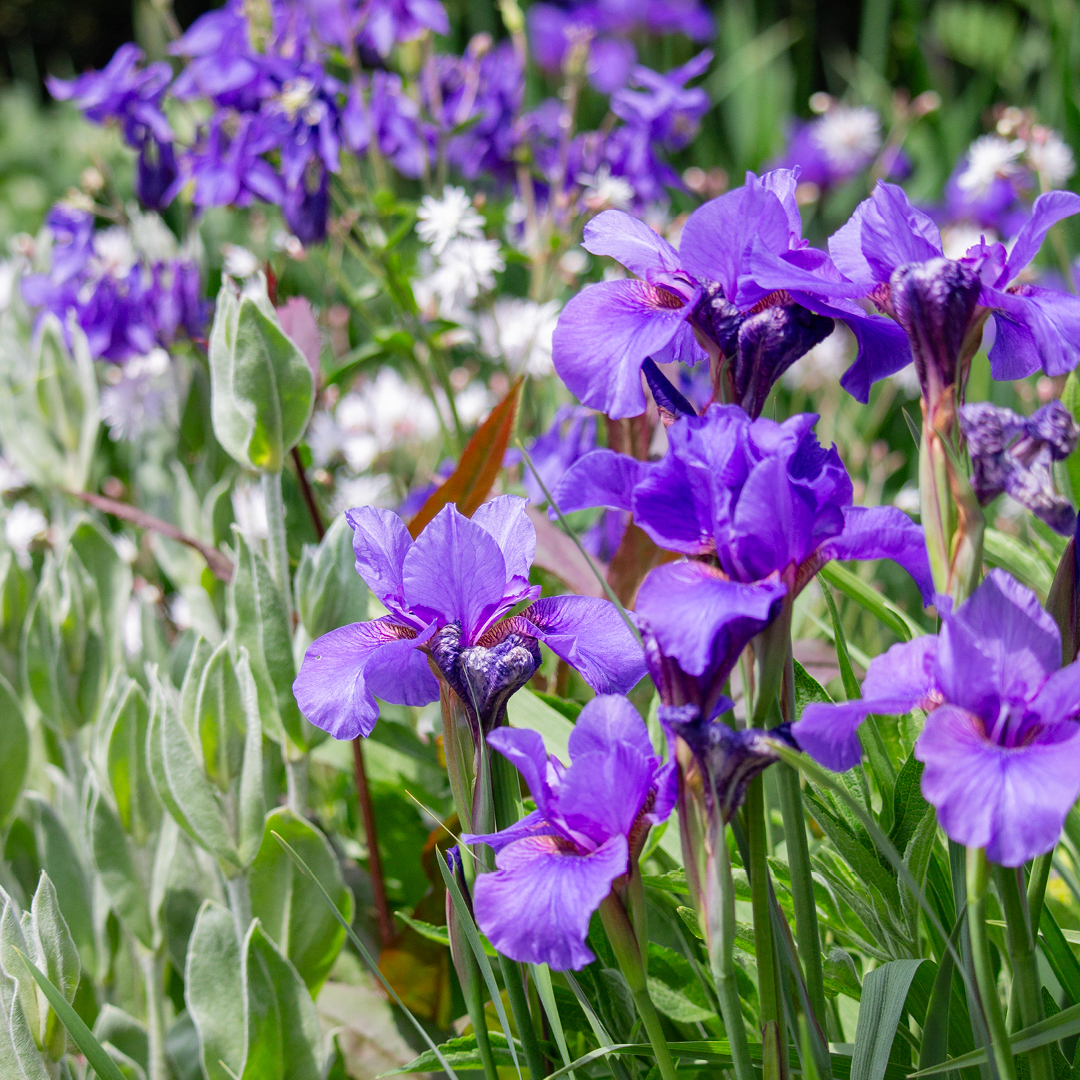Imagine stepping into a lush, healthy garden where every plant is thriving, the soil feels rich and cool to the touch, and weeds are nowhere to be seen. What’s the secret behind this picture-perfect scene? Often, you’ll find a thick, tidy layer of mulch at the heart of a flourishing landscape.
At first, mulch may seem like just a finishing touch. Many gardeners, especially beginners, view it as a cosmetic choice that makes flower beds pop. But dig a little deeper (literally and figuratively), and you’ll discover that mulching is one of the most versatile, powerful tools available for anyone who loves their yard. From saving water to feeding the earth, mulching goes well beyond surface-level beauty.
Why Mulch Matters More Than You Think
Mulching does far more than clean up the edges of garden beds. It acts as a multitasking shield for your soil and plants, offering an impressive array of benefits that any homeowner or gardener can appreciate:
- Moisture Retention: Cuts down on watering by keeping precious moisture locked in.
- Weed Suppression: Reduces the time and energy you’ll spend pulling pesky weeds.
- Temperature Regulation: Shields roots from summer heat and winter cold snaps.
- Nutrient Boost: Organic mulch breaks down to feed your soil naturally.
- Erosion Control: Keeps valuable topsoil from washing away during heavy rain.
- Enhanced Visual Appeal: Ties your garden together for a crisp, cohesive look.
- Pest Mitigation: Some mulches even help deter certain insect pests and diseases.
- Biodiversity Support: Mulch provides habitat for beneficial insects and microbes.
Moisture Retention: Keep Water Where Your Plants Need It
Water is a lifeline for every garden, but it can be elusive during droughts or hot summers. Mulch provides a powerful barrier against evaporation, allowing water to penetrate the soil while preventing it from escaping as easily. A properly mulched bed needs less frequent watering, which protects roots and saves you time, money, and resources.
- Tip: Lay mulch after rain or watering to trap existing moisture.
- Bonus: Less surface water also means fewer muddy shoes and splashes on house siding.
Weed Suppression: Enjoy More Beauty with Less Work
Few things frustrate gardeners like relentless weeds. Mulch directly addresses this pain point by blocking sunlight from weed seeds, reducing both the number and strength of unwanted plants. While it won’t prevent every single weed, a 2-4 inch layer can cut the workload by more than half.
- Tip: Before adding fresh mulch, pull existing weeds and smooth the soil to set a weed-resistant foundation.
- Pro Insight: Try double-mulching (using a layer of newspaper or biodegradable weed barrier beneath organic mulch) for especially stubborn areas.
Temperature Regulation: Create a Year-Round Comfort Zone
Wild temperature swings stress even the hardiest plants. Mulch is like a cozy blanket, insulating the ground so roots don’t freeze in winter or bake in summer. This stability is key for perennials and young plants with delicate root systems. You’ll notice more robust and resilient growth, with fewer casualties, following harsh seasons.
- Tip: Apply mulch in early spring and fall to buffer your plants during seasonal transitions.
- Real-World Example: At our garden center, we have found that even city gardens with unpredictable microclimates benefit from this protective touch.
Soil Improvement: Feed Your Soil and Fuel Your Garden
Organic mulches are the solution for those looking to nurture the earth as much as their flowers and vegetables. Over time, materials such as shredded bark, straw, compost, or leaves break down, replenishing your soil with valuable nutrients and organic matter. This natural process improves drainage, aeration, and soil structure, leading to healthier roots and more vibrant results.
- Did you know? Healthy soil attracts beneficial worms and microbes that turbocharge decomposition and plant growth.
Erosion Control: Keep Your Garden Intact
Heavy rains can wash away precious topsoil. Mulch reduces the impact of water runoff and shields bare soil, preventing erosion on slopes, hillsides, and in new plantings. If your yard is on an incline or prone to heavy storms, don’t skip this step!
- Smart Move: Start mulching bare patches early, even before planting, to stabilize the ground.
Visual Impact: Show Off Your Style
Let’s admit it, a mulched garden just looks incredible. Whether you’re into rustic bark, bold colors, or sleek river stones, mulch sets the tone for your entire landscape. Choose a hue and material that complements your home and plant palette for instant curb appeal.
Types of Mulch- What’s Right for Your Garden
Choosing the ideal mulch depends on many factors, including your plant choices, local climate, soil needs, and personal style. Here’s a deep-dive into common and creative options:
Hardwood Mulch: The All-Purpose Favorite
- Made From: Shredded bark or wood (often oak or maple).
- Ideal For: Perennials, trees, shrubs, and general landscaping.
- Pros: Durable, slow to decompose, great value. Creates a polished, even surface.
- Tip: Double or triple-ground hardwood is less likely to blow or wash away.
Pine Mulch: A Match for Acid-Loving Plants
- Made From: Pine bark chunks or needles.
- Best Use: Around azaleas, blueberries, rhododendrons, or anywhere you want a looser texture.
- Pros: Lightweight, simple to spread; adds acidity as it breaks down.
- Watch Out: May float during rain and doesn’t suppress weeds as firmly if not applied thick enough.
Cedar Mulch: Aromatic and Long-Lasting
- Standout Features: Pleasant smell, naturally deters pests, and resists rot thanks to its oils.
- Perfect For: High-traffic spots, patios, or beds near decks and seating areas.
- Benefits: Holds color and structure longer than most organic mulches. Adds a unique scent to outdoor spaces.
- Downside: Slower breakdown means less immediate soil improvement and higher upfront cost.
Dyed Mulch Adds Drama and Definition
- Options: Bold reds, deep blacks, or chocolate browns.
- Why Choose It: Color stays vibrant longer, perfect for making beds pop or defining pathways.
- Quality Tip: Only purchase from trusted suppliers who use safe, vegetable-based dyes. Verify that the wood source is not from treated pallets or waste.
- Note: Color will fade over time, but mulch can be refreshed annually.
Natural & Living Mulch: Go Green and Get Creative
- Natural Mulch: Undyed wood chips, compost, straw, or shredded leaves. Earthy look, improves soil fast.
- Living Mulch: Low groundcovers like clover or creeping thyme. Suppresses weeds and provides habitat for pollinators.
- When to Use: Vegetable gardens, wildlife-friendly landscapes, or anywhere you want rapid soil enrichment.
Rubber Mulch & Stone Mulch: Long-Lasting, Low Maintenance
- Rubber Mulch: Made from recycled tires, great for playgrounds, dog runs, or non-plant areas. Won’t decompose or blow away.
- Cautions: No soil benefits, may get hot in direct sun, should not be used near edible gardens or delicate plants.
- Stone or Gravel Mulch: Ideal for arid gardens, around cacti or succulents, or in permanent xeriscape installations. Prevents weed growth and delivers a striking visual contrast.
Specialty Mulches: Uncommon Solutions
- Cocoa Hulls: Smells like chocolate, breaks down fast, improves soil, but can be toxic to dogs.
- Straw/Grass Clippings: Superb for veggie beds, boosts fertility fast, but must be free of weed seeds and pesticides.
Tips for the Best Results
- Start with weed-free, slightly damp soil for optimal application.
- Spread mulch evenly, 2-4 inches deep, and keep it clear of plant stems or trunks to prevent rot.
- Replenish mulch as needed, typically once per year; organic mulch will naturally settle and decompose.
- For sloped areas, try heavier mulches or use edging to keep material in place.
- Pay special attention to moisture and airflow in humid climates to prevent fungal growth.
Mulch with Purpose and Confidence
Mulching isn’t just a finishing touch; it’s a strategy that pays dividends all season. When you select the right mulch and apply it with care, you save water, reduce weeds, build healthier soil, and instantly improve your garden’s appearance. Whether you’re refreshing your backyard beds or designing a front-yard oasis, mulching adds resilience, style, and sustainability to every corner.
Need help choosing the perfect mulch for your yard? Stop by Dammann’s for friendly expert advice, the widest selection of top-quality mulches, and all the tools you need to mulch like a pro. Your future garden is waiting, and it’s guaranteed to look (and grow) better with the right mulch.
